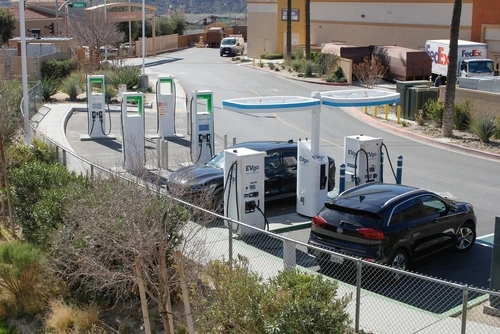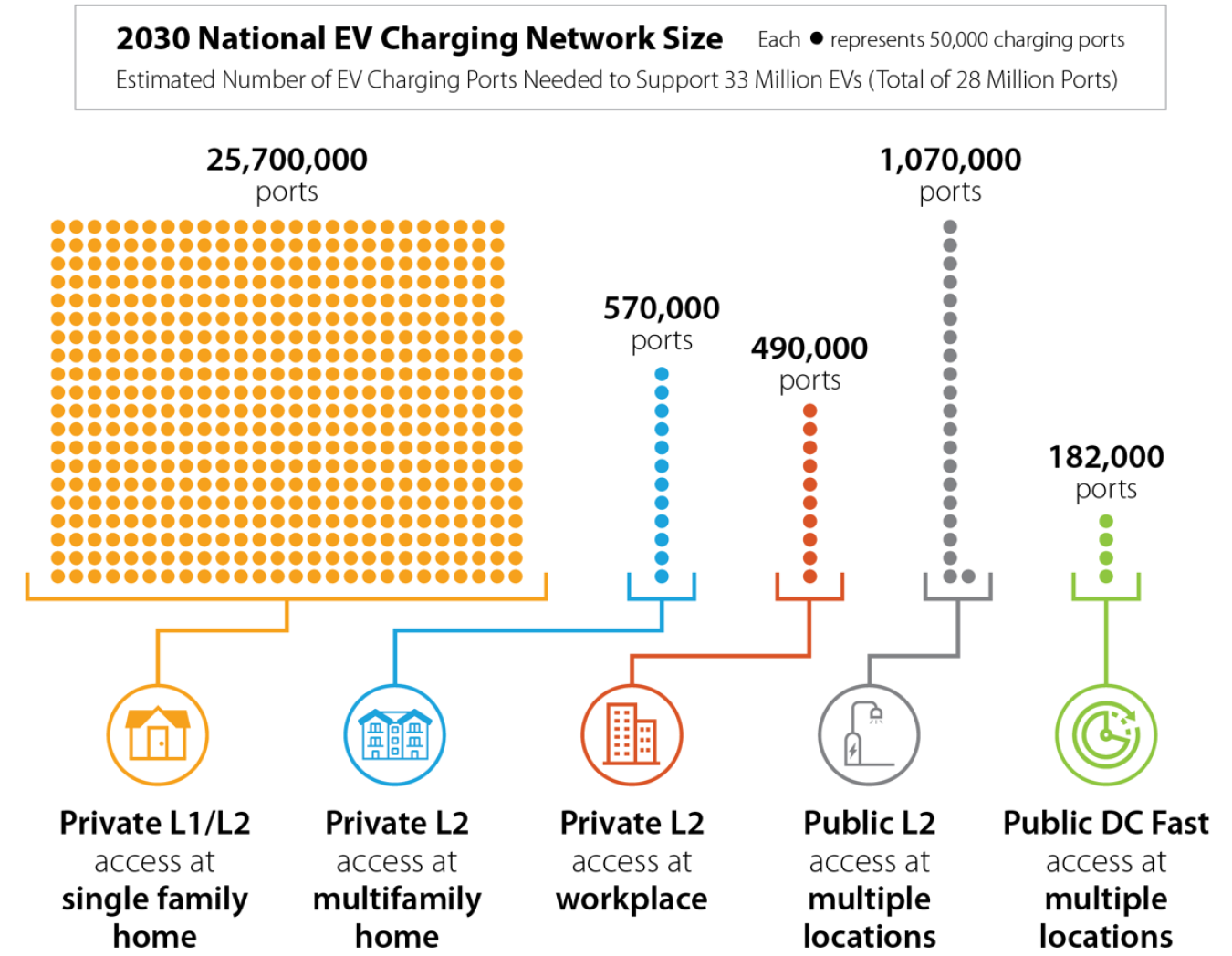U.S. Electric Vehicle Infrastructure Expands Under Biden-Harris Administration

by AutoExpert | 10 September, 2024
Hey, you've surely noticed the buzz аround electric vehicles (EVs) lately, unless you've been living under a rock. Since 2021, things have really taken off, especially with the expansion of charging stations, making it way easier for folks to own and drive EVs without stress. It’s all thanks to some significant pushes from the government, and the change is pretty impressive.
So, what’s the scoop? Since the Biden-Harris Administration took office, the number of public EV chargers in the U.S. has literally doubled. Now, there are over 192,000 publicly available charging spots, and they’re adding about a thousand more each week. This makes jumping into an EV a lot smoother than just a few years back.
-Charging-Infrastructure-Market-Size.jpg)
And it’s not stopping there. The government just announced they're pouring an extra $521 million into this project. This cash is going to help set up more than 9,200 new charging ports across 29 states, D.C., and even some Federally recognized Tribes. They’re planning to spread these all over—along major highways and roadways, so you can zip across the country or head out to more remote spots without worrying about running low on juice.

There’s even a bit in the Inflation Reduction Act aimed at pushing EV adoption forward. It talks about giving more tools and resources to both customers and government officials, stepping up education, and expanding charging options in places like commercial and apartment settings.

The latest round of funding, part of a massive $2.5 billion plan, is set to make sure America stays in the lead when it comes to EV tech and infrastructure. Pete Buttigieg, the U.S. Transportation Secretary, mentioned that this move isn’t just about leading the tech; it’s also about making sure everyone can get on board with the benefits—like cost savings, cleaner air, and even some new jobs.

And it’s not just about electric—there’s over $100 million earmarked for building hydrogen fueling stations, mainly targeting medium and heavy-duty vehicles along key freight routes in California, Oregon, and Washington. This part of the plan aims to help those big trucks move goods around without emissions, which is pretty cool if you think about the impact on air quality and health.

To sum it up, the big picture is that most EV charging will probably happen at home or work, but these public stations fill crucial gaps. They’re laying down a foundation for a future where more of us can choose electric, enjoy lower fueling costs, breathe cleaner air, and even save on healthcare costs. Sounds like a win-win, right?

















